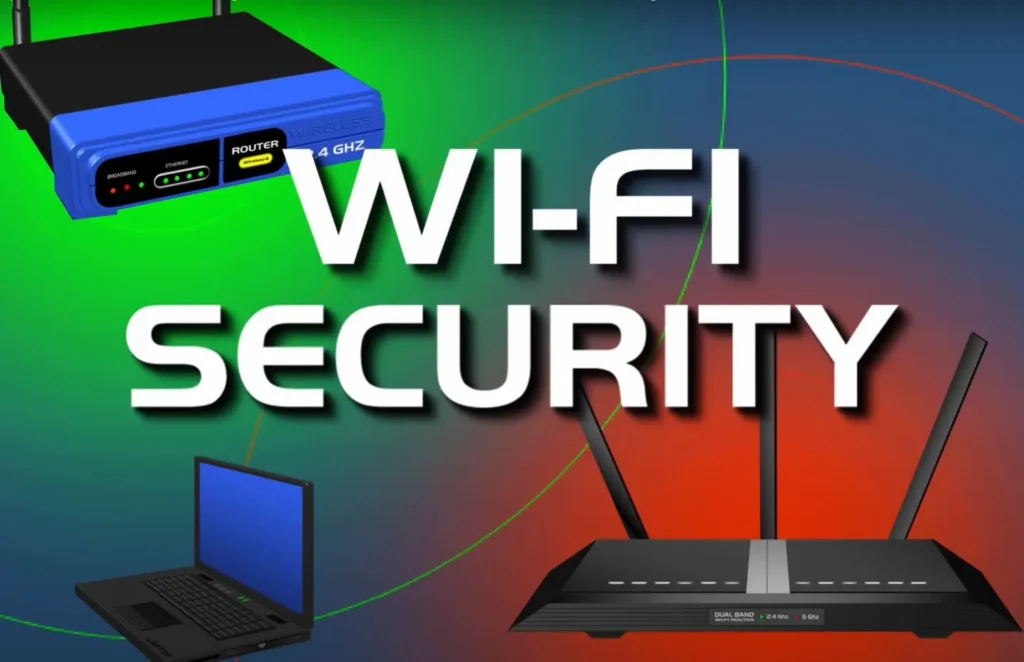We can’t imagine doing tasks like working remotely, ordering groceries and food, purchasing appliances and gadgets, watching movies, reading books, and interacting on social media without a reliable Wi-Fi network at home in 2022. Wireless networks have become an essential part of our everyday lives.
But not every device in your house—especially older desktops, game consoles, SmartTVs, and other electronics—can connect to your wireless router. There may be some inconvenience from this, especially if you’re not a fan of wires all over your apartment.
However, there’s a way out! You can wirelessly connect your computer, or any other device, to your home network without the need for cables by using a USB wireless adapter. Additionally, it can serve as an access point, laying the foundation for a separate wireless network. In this scenario, purchasing a separate router is completely unnecessary because a computer equipped with a WiFi USB adapter will handle all of its operations. Let’s examine the possible methods:
What does this require?
With a USB adapter and specialized software, you can turn any PC into a wireless router or Wi-Fi access point.
Thus, you will require:
– A laptop or PC with Windows XP SP2 or later integrated.
– Any of the following apps: Maryfi, MyPublicWiFi or Connectify.
– Internet access (3G/4G, broadband, DSL, etc.).
– Wireless adaptor for USB.
When configuring the hotspot, any brand of Wi-Fi USB adapter will function—but only if the drivers are installed correctly.
Software that’s needed
You can turn a standard PC with a USB adapter into a wireless access point or router for your home Wi-Fi network by using one of the many software programs available online. These applications broadcast the wireless signal to every device in your home or apartment by using the PC’s Internet connection. This will enable unrestricted access to the Internet for all laptops, smartphones, and mobile devices by connecting them to the established wireless network.
The following are the most widely used programs for setting up a wireless access point at home:
– Connectify (free trial version).
– MyPublicWiFi, which is totally free.
– MaryFi (free).
Wireless Router Configuration Mode
You won’t encounter any problems and the entire setup process will only take a few minutes. As an example, let’s walk through the setup procedure for Connectify. The setup procedure for the other listed applications is similar.
Step 1: Verify that the drivers for your USB Wi-Fi adapter are properly installed and that the adapter is connected. Open the application, then select the settings tab.
Step 2: Type in your network’s SSID or access point name. Remember that users of the paid version of Connectify can specify any network name, while those using the free version are restricted to using the full SSID name.
Step 3: To prevent hackers from accessing your wireless network, enter the desired eight-digit password.
Step 4: Choose the Internet connection you wish to share with your household devices from the drop-down list. This can be a DSL dial-up connection, your Ethernet network, or a 3G or 4G network.
Step 5: Extend the Advanced Settings tab in step five. It is necessary for you to choose your wireless interface from the “Shared” list and enter the network security mode in the “Shared Mode” field. The paid version gives users the ability to set up firewalls and control LAN and Internet access.
Step 6: Click “Launch Access Point” once the aforementioned adjustments are finished. That’s it; your desktop computer is now functioning as a wireless router! After entering the new access point’s SSID and password, you can connect your devices to it.
A few pointers for protecting the Wi-Fi network at home

You can protect the wireless network you set up with your USB adapter by following these easy steps:
Modify the password and username that are default.
A common error made by owners of home Wi-Fi networks is to leave the default authentication credentials unmodified. Hackers will have no trouble figuring out these passwords.
Utilize a VPN, or virtual private network.
All of your data is safely encrypted by this service and is sent over a secure virtual tunnel. This implies that a hacker cannot track your previous activities, find out what you’re doing online right now, or steal your data.
Additionally, the VPN hides your IP address, giving the impression that you are using a different address to access the Internet than your home. Furthermore, PIA VPN offers a unique feature that allows you to access a dedicated IP address. This can be especially helpful for people who are concerned about security and are afraid of DDoS attacks.
After you leave your house, turn off your Wi-Fi.
Turning off your home network when you leave is one of the simplest ways to defend it from outside threats. It is not necessary for your home Wi-Fi to be operational around-the-clock, seven days a week. If you turn it off, there will be fewer chances of hackers attempting to access your network while you are away from home.
Regularly update the USB adapter drivers and PC software.
To completely safeguard the security of the network in your home, make sure the file versions used for networking are kept up to date. Like any other kind of software, USB Wi-Fi adapter drivers can have security flaws that hackers are eager to take advantage of. To make sure your home network is secure, you will need to manually update the software on most adapters as they do not have an automatic update feature.